20 Jan Where to plant trees in your garden
We’re all being encouraged to plant more trees to help the environment. So where in your garden is the best place to plant trees?
There are a dozen or more good reasons to planting a tree in your garden.
- Improves air quality
- Supports wildlife
- Provides shade in hot weather and helps to keep the garden cool
- Helps create the perfect microclimate for other plants to thrive
- Hides unwanted views such as neighbouring properties
- Gives you more privacy
- Creates a feeling of space by leading your eye up towards the sky and the wider environment
- Connects your garden to the landscape beyond
- Can supply you with delicious fruit
- Great for winter interest – especially when lit from beneath
- Trees make fabulous garden design features
- Biophilia – trees and plants are just great at improving our health and wellbeing.
Finding the right tree for your plot
This tree is almost the only plant in this courtyard garden. It provides interest, shade and a very distinctive sense of place.
The secret to successfully planting trees lies in finding the right species for your garden and your lifestyle and then positioning it in your garden very carefully. Some trees start off as little more than a twig and then grow to magnificent proportions. That’s not ideal if they are in the ‘wrong’ place.
Size
Your first consideration when choosing a tree, is to think how big it will be in 20 years time. Some species, such as laurel, respond really well to pruning, so you will be able to control the size.
It’s not just the height of a tree that matters either. The width of the trunk and the canopy are important factors in garden design. Take the silver birch tree for example. It grows quite quickly and, given the right conditions, can reach 12 metres high BUT it has a lovely slim trunk and delicate leaves and branches so it never seems quite as bulky as something like a huge leylandii.
Shape
The shape of your tree is paramount to the way it will fit in with your overall garden design. Do you want to plant trees to provide shade? Create ‘punctuation’ points in your garden? Absorb road noise? Provide privacy? Support lighting?
As well as the ‘normal’ trees with a straight trunk and wide canopy, you can get pleached trees – which are effectively a hedge on legs. Brilliant for adding an extra layer of height to a fence without taking up vast swathes of garden.
Or how about a multi stemmed tree. They are wonderful focal points and look amazing when lit.
Colour
Not all trees are green and not all tree trunks are brown. When deciding to plant trees in your garden, give some thought to foliage colour and stem colour. Trust me, you have a wealth of choices. From ghostly white to cherry red tree trunks are amazing, particularly when you complement them with other garden features. Imagine a pale trunk against the background of a dark coloured fence. Or an orange toned stem surrounded by flowers with similar colours at the centre of each bloom. Lovely.
Tree leaves incredible too. As well as researching summer foliage, find out if the tree changes in autumn. Some of the acers for example are fairly nondescript all summer but in autumn there’s nothing to compare with their fiery foliage.
Purpose
Last, but not least, I want to talk about purpose. In garden design, every single element has a purpose. It may be aesthetic, it may be to give shelter or it may be to provide food for you or for visiting wildlife. Why have you decided to plant trees? What do you need them to do for you?
A young tree planted in a newly landscaped garden. As it grows it will create a focal point or the view from the kitchen window as well as casting dappled shade over the seating area.
Here’s the same tree, beautifully lit from below
Where to plant trees in your garden
Here’s the crux of it. You know you want to plant trees, but where should they sit within your garden space? Where is the most practical place to put them?
Any garden has room for a tree – even a small garden will have space for an acer or an olive tree in a pot. The garden designer’s job is to decide where is the most sustainable place for that tree to live. After all, these beauties are not as easy to uproot and move as herbaceous plants. Think of trees in the same way as you think of your patio – as permanent features.
We humans are creatures of habit when it comes to our gardens. We tend to plant tall things either near a boundary fence, or slap bang in the middle of the space. But that doesn’t need to be the case.
Start by thinking about the viewpoints for your garden
Do you want to plant trees that will be a focal point when you look out of your window?
Are you using them to screen something from view?
Is there a risk that when it’s mature, the tree could make your living room feel dark?
Or, will you plant your trees close to the house to create a feeling of being outdoors when you are actually indoors.
What about the view from the bottom of your garden towards the house? Or from a seating area across the wider environment.
This beautiful tree helps to connect the garden with the landscape beyond.
This is one of my favourite garden design tricks to help make a space feel bigger – it blurs the boundaries between the garden and the countryside.
Now think about the practicalities
Is this tree going to annoy your neighbours? Will it drop fruit or leaves onto their lawn? Could it cast shade onto their patio or make their home dark?
If your tree will need pruning – can you or an arborist actually reach the bits they need to? Pleached trees for example need to be trimmed every year – can that reasonably be done from your own property?
For the first year or so after you plant trees, they need to be watered on a regular basis. Is your young tree close to an outdoor tap or will irrigation be a right faff for you. One thing I’ve learned about gardening, is that the easier you make a task, the more likely you are to keep doing it. You might want to investigate tree watering systems to make your life easier. https://platipus-anchors.com/industry-sectors/landscape-tree-anchoring-irrigation/piddler-irrigation-system/
Aspect and Soil type. It’s no good planting a sun loving tree in the shade of a building. Neither should you waste time trying to plant a species that likes dry soil into the boggiest bit of your garden. Choose a tree that will enjoy living in that particular spot.
Need help deciding where to plant trees in your garden?
A good garden designer can give you all of the advice you need to make the most of trees in your garden. From which species to choose, to where to plant it and what to plant around it.
At Tapestry Design Studios we offer garden design consultations tailored to your needs. Enjoy a one to one meeting with an experienced garden designer who can guide your thought processes and help you choose and position your trees.
Need a little more help? As an optional service you can also look at restyling the layout and/or planting plan in your plot in order to have a cohesively designed garden that will suit your lifestyle and impress your friends and neighbours.
Contact us for help deciding where to plant trees in your garden




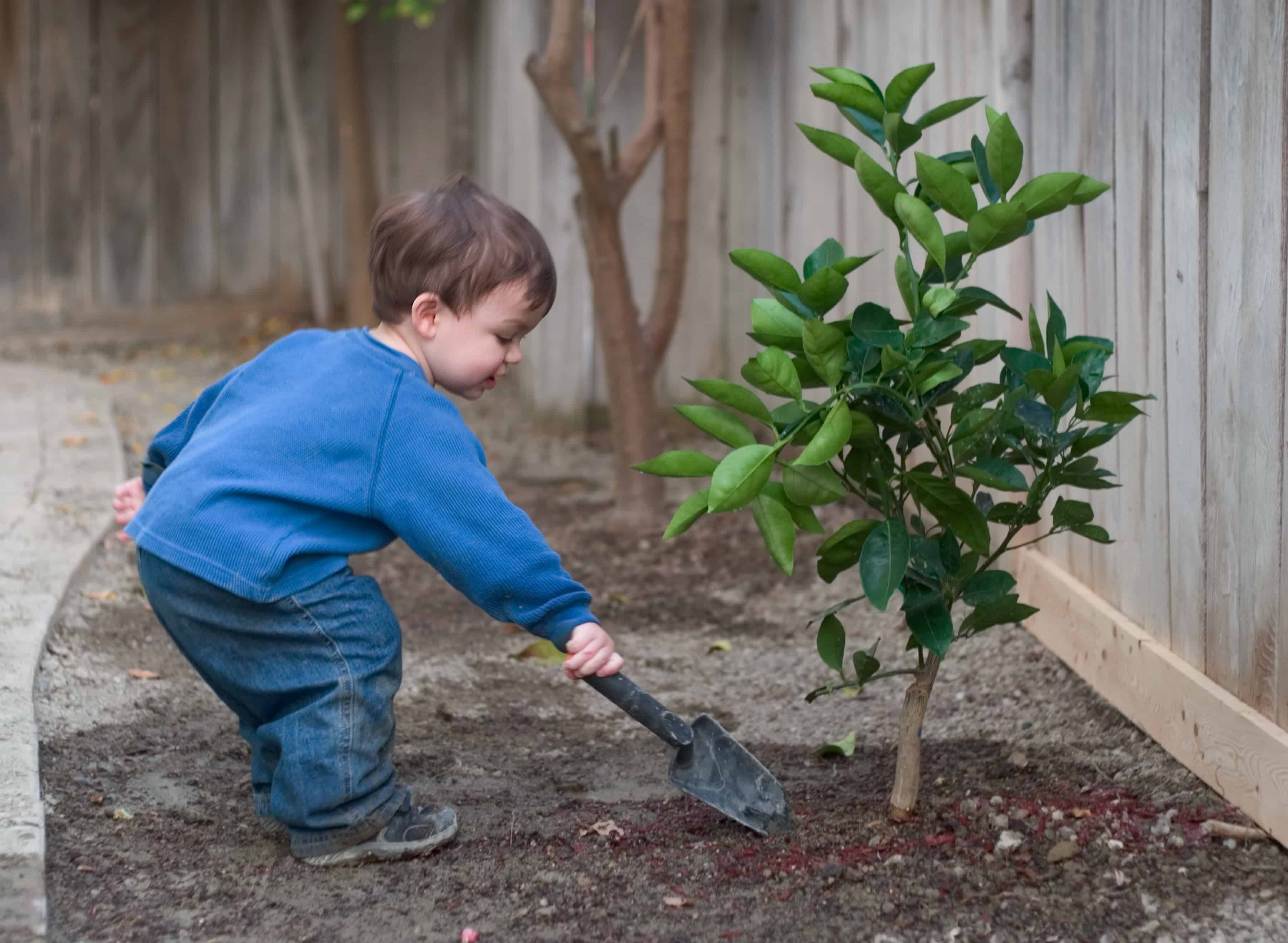
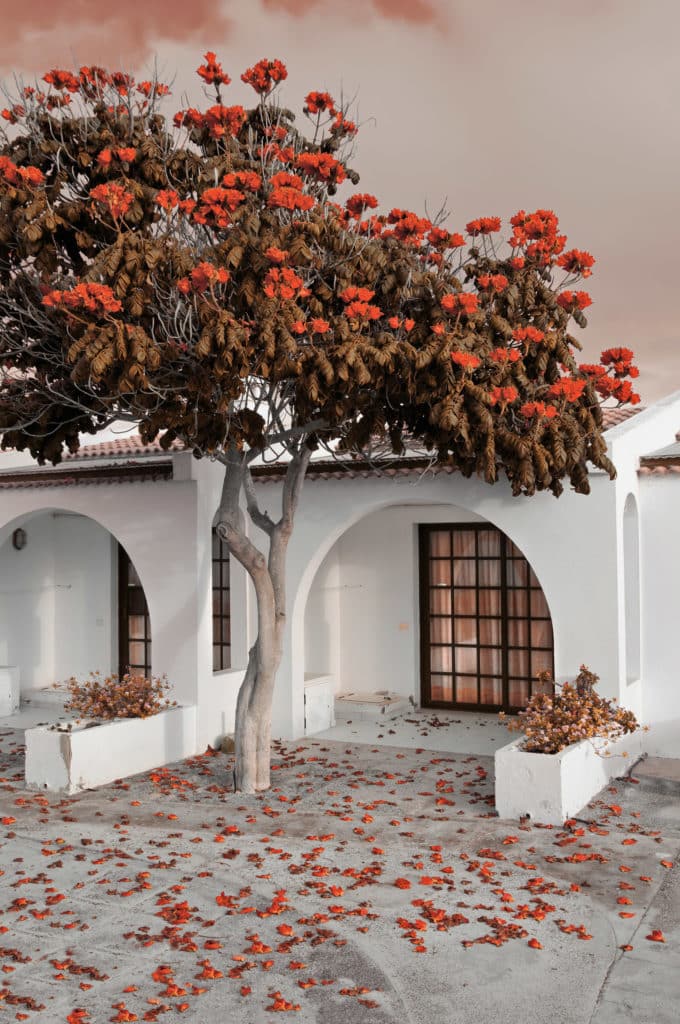
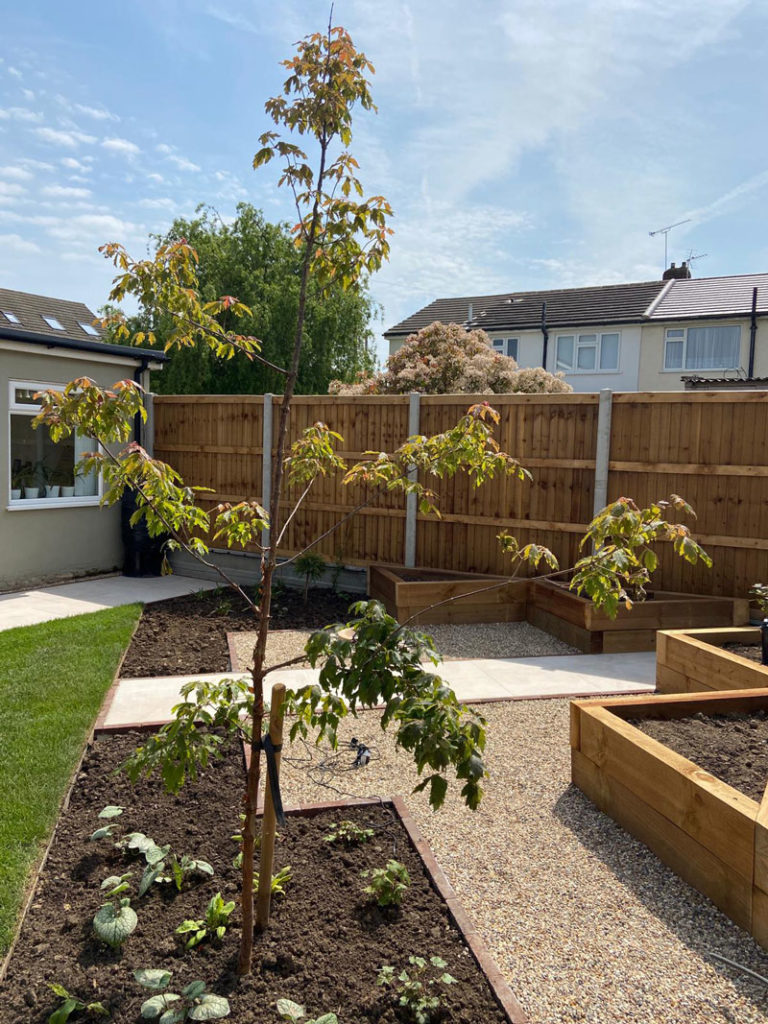
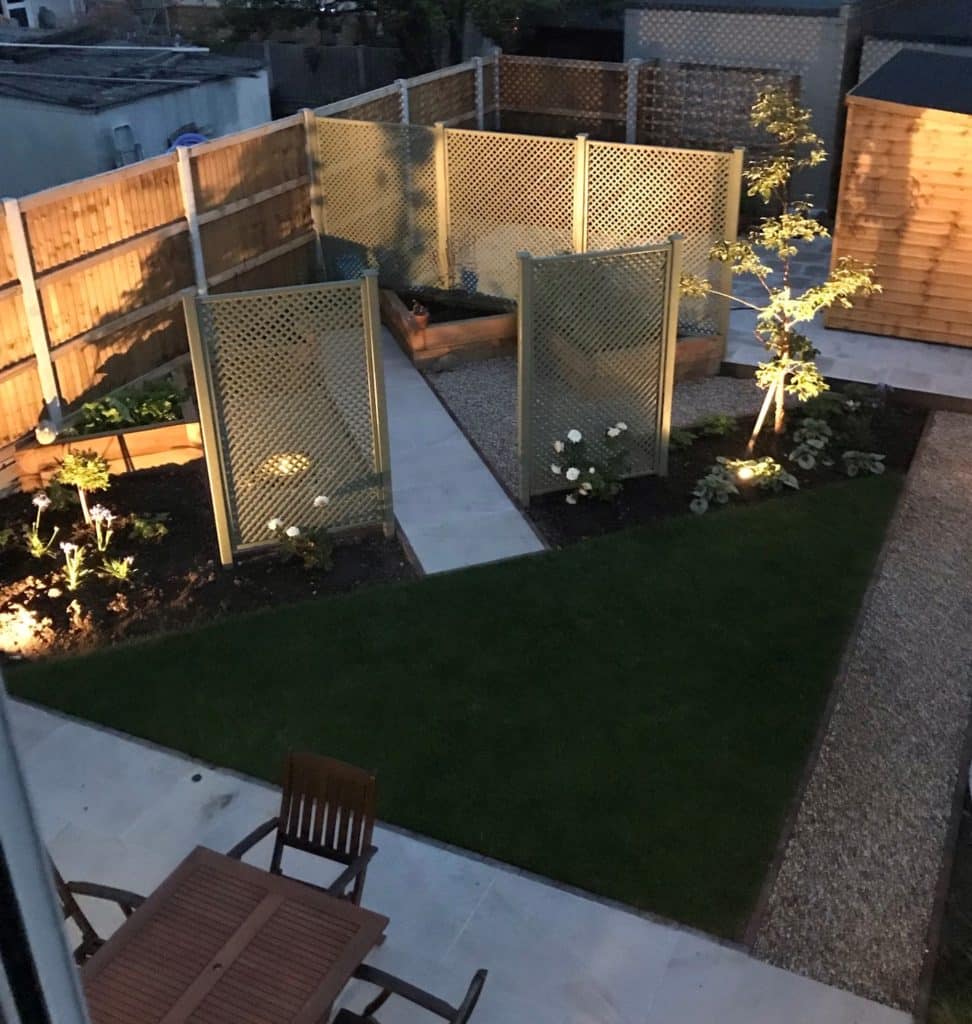
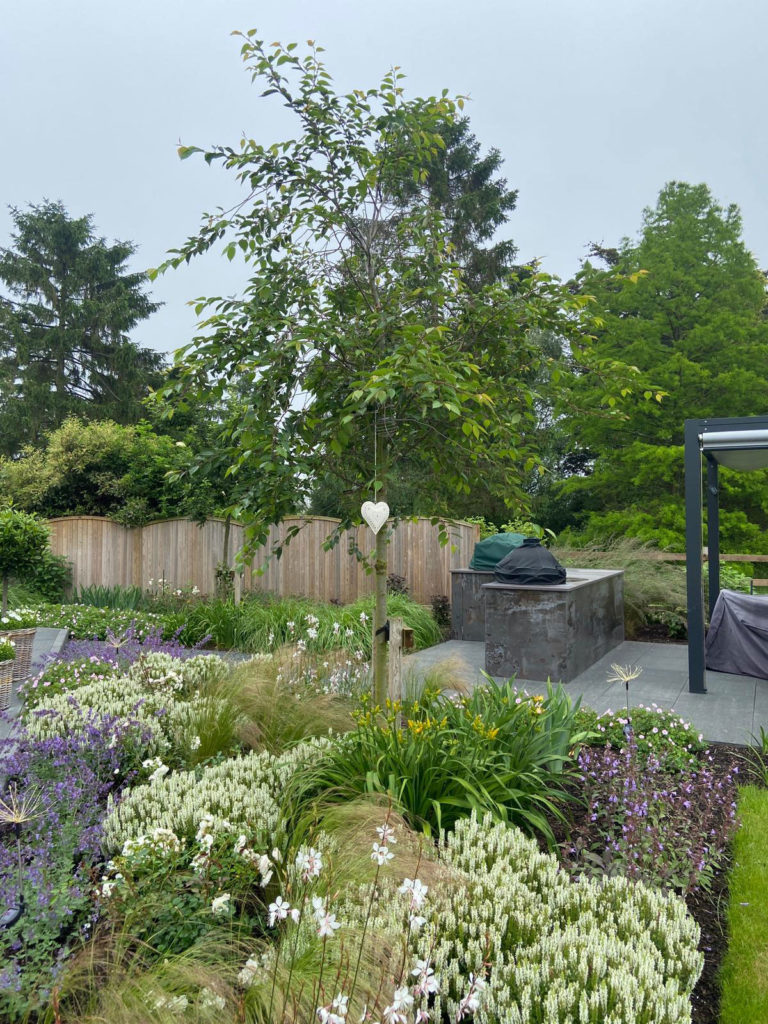
No Comments